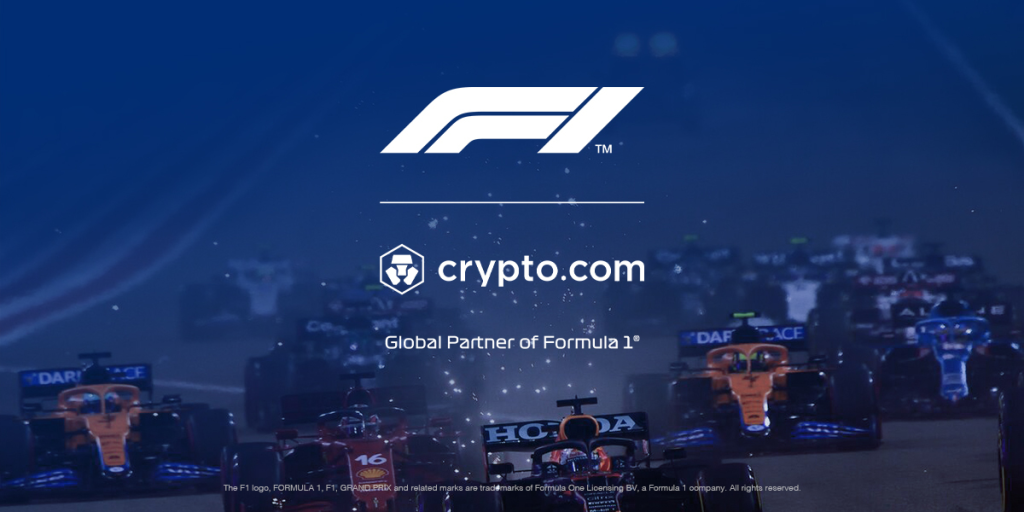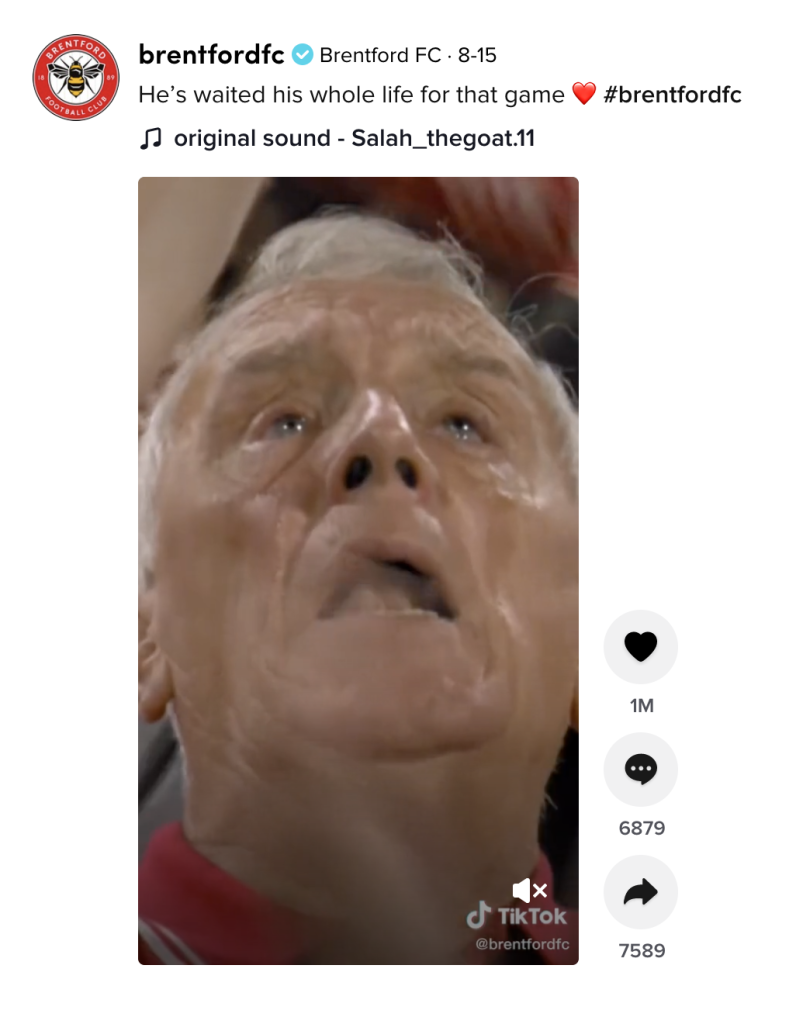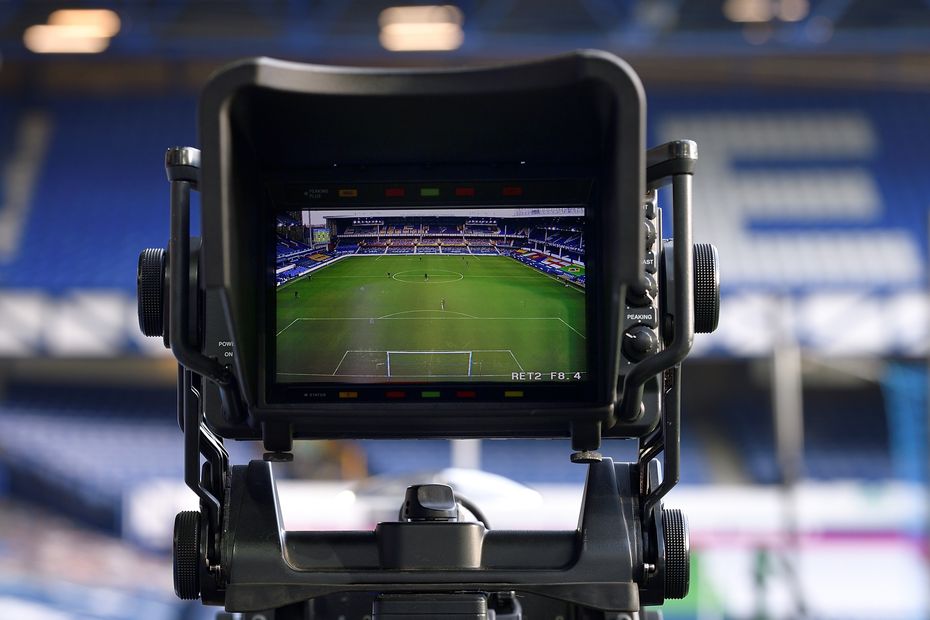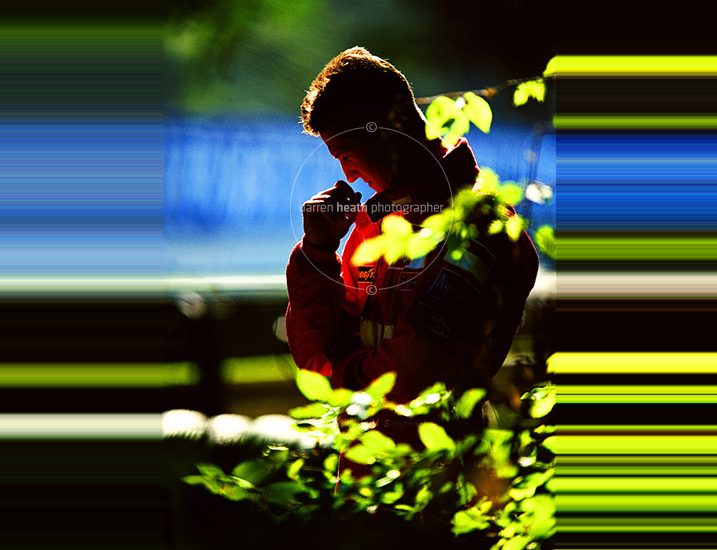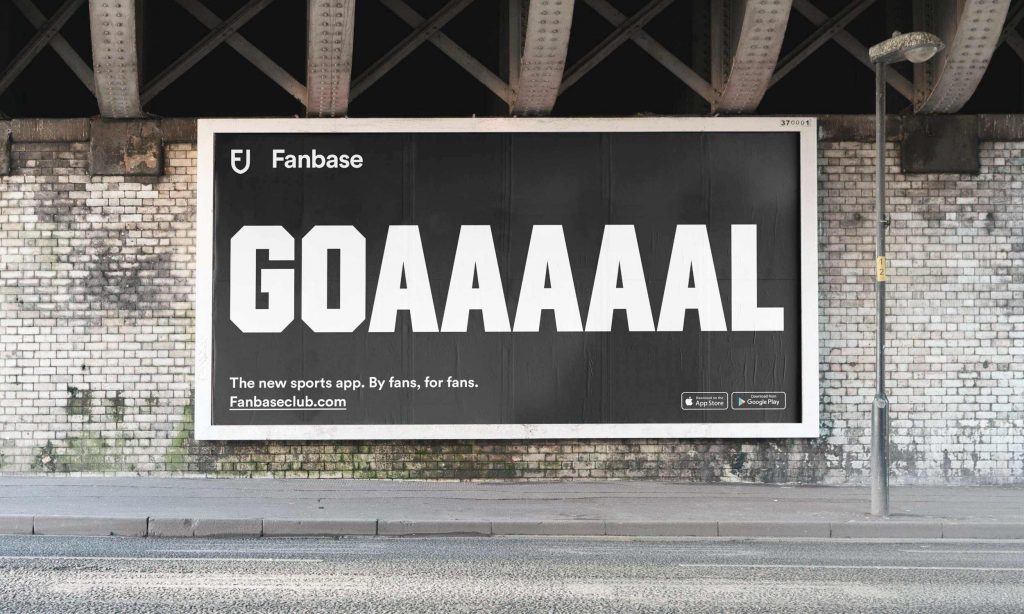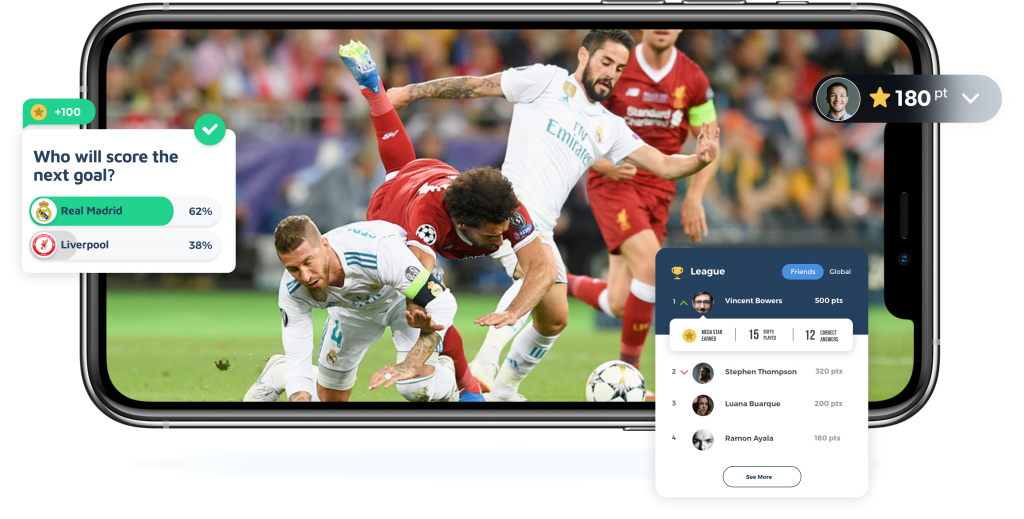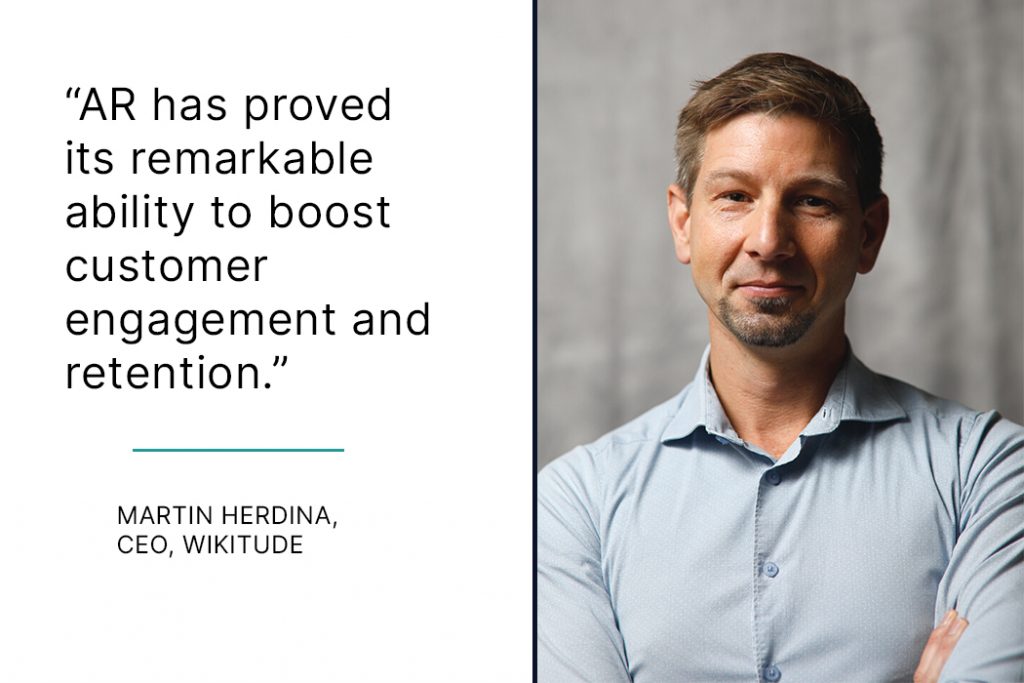In his latest trip to the Digital Cafe, David Granger looks at how the metaverse is offering a new avenue for sport and providing it with another Second Life…
The Metaverse is the talk of the town, but how could this new digital alternate assist fan engagement, and who are the early adapters?
Anyone remember Second Life? Remember how a virtual world inhabited by square headed avatars promised, then sadly failed, to change how we interacted, worked and played? And bonus points for anyone who can remember the ING Renault F1 team’s Second Life island where you could, in 2007, virtually tour their pit lane?
Just like the Dreamcast, MySpace and LaserDiscs, Second Life, the innovation front-runner, was resigned to the dustbin of technological history… before the concept was resurrected in a new guise with a new brand and fresh attitude.
Welcome to the Metaverse.
And, while it may be that the Metaverse has become a confusing cliche before it had a chance to explain itself, it is the next big area sport is going to have to tackle.
“The exciting thing for sport is that the Metaverse adds another dimension where fans can engage and where athletes and federations can take part in that engagement.”
If nothing else, the global pandemic accelerated the take-up, if not the innovation, of virtual sporting experiences. From the sounds of the IPL cricket dubbed on to televised games with no crowds to virtual stadium attendance, the attempt to re-create the live atmosphere and emotion for spectators meant a slew of new ways to experience matches, games and races.
As crowds return, the spirit of that innovation momentum will spill over… into the Metaverse. But before everyone jumps the bandwagon, it’s worth considering what the Metaverse is.
The Metaverse can include virtual reality (an environment which you enter and leave), augmented reality (which combines virtual and online) as well as the digital, cryptocurrency economy.
“They’ve [McLaren] also opened and extended the Roblox space for fans to explore their HQ, the McLaren Technology Centre, and buy (virtual) drivers’ overalls for online avatars.”
The exciting thing for sport is that the Metaverse adds another dimension where fans can engage and where athletes and federations can take part in that engagement.
One of the biggest uptakes has been in Formula One. The combination of technology, innovation (and some might say, a slightly alternate take on reality) is a great fit for the metaversal motorsport.
Former F1 driver Roman Grosjean is now an ambassador for GP Metaverse a collection of 10,000 NFTs (non-fungible tokens) accessed via the eco-friendly Polygon blockchain. It also promises to support young drivers through racing academy scholarships while members – NFT holders – can take part in both virtual and real meetings and access exclusive content, raffles and giveaways.
Car launches were always an interesting part of the F1 season: from Red Bull Racing unveiling the RB7 on a cold morning in Valencia (I can still feel the chill in my bones) to a full-on classical performance from Ferrari, it was a chance to reveal the new while working out who’d been economical with the regulations during development.
This year McLaren went full-on meta revealing their 2022 contender via Roblox (ask your kids/nieces/nephews, it’s a metaverse video game platform) and in real life. They’ve also opened and extended the Roblox space for fans to explore their HQ, the McLaren Technology Centre, and buy (virtual) drivers’ overalls for online avatars.

As previously noted, Red Bull Racing has got in on crypto with Bybit and now the energy drink parent company has filed a trademark application indicating it plans to enter the metaverse. To what end? Well, speculation is that it could be NFT multimedia, crypto and virtual extreme sport action, as well as offering its own, branded NFTs.
But then, you go through the above and this was how Renault F1 described things back in 2007: “The Renault Formula One team has decided to go virtual by opening up a space in Second Life… to give people a behind-the-scenes look at the workings of a modern Formula One team, and includes a factory that replicates the actual team facility in England.”
Sound familiar?
All of which will, no doubt, be debated, dissected and discussed – and importantly explained – at the Emirates Stadium in London on June 28-29 at iSportConnect’s Web3 Summit.
You should book your tickets to be there. In person.



